 | ||
Alternative names bakcang, bacang, zang, nom asom, Pya Htote , "Joong" Main ingredients Similar Glutinous rice, Mooncake, Tangyuan, Salted duck egg, Jiaozi | ||
Eating a zongzi chinese tamale in 7 seconds
Zongzi (Chinese: 粽子; pinyin: zòngzi), or simply zong (粽; zòng), is a traditional Chinese food, made of glutinous rice stuffed with different fillings and wrapped in bamboo, reed, or other large flat leaves. They are cooked by steaming or boiling. In the Western world, they are also known as rice dumplings, or sticky rice dumplings.
Contents
- Eating a zongzi chinese tamale in 7 seconds
- How to make zongzi happy dragon boat festival cici li
- Names
- Origins
- Description
- Variations
- References
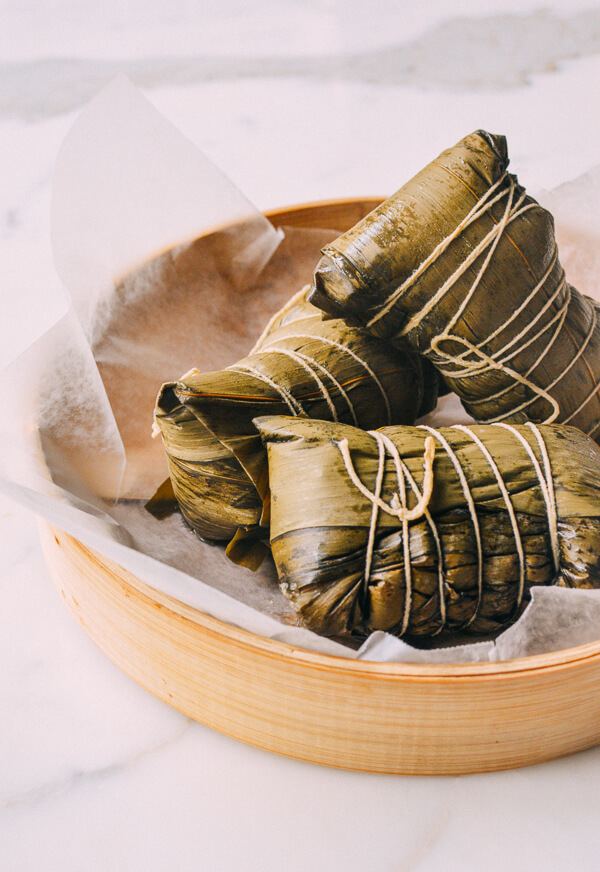
How to make zongzi happy dragon boat festival cici li
Names

As it diffused to other regions of Asia over many centuries, zongzi has become known by various names in different languages and cultures. Pya Htote in Burmese-speaking areas (such as Myanmar), Nom Chang in Cambodia, and Bachang or Khanom Chang in Laos and Thailand.
Vietnamese cuisine has also copied this dish as Bánh ú tro or Bánh tro.
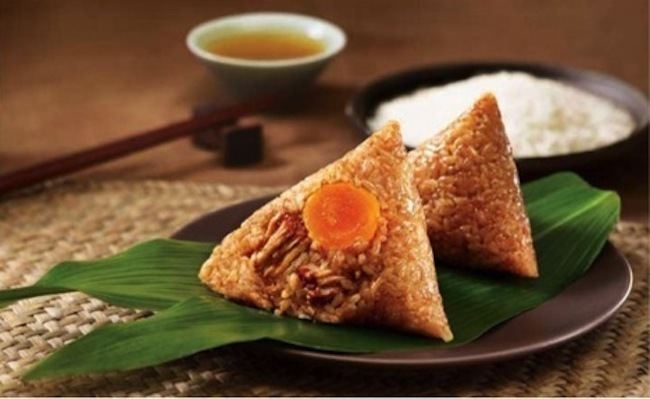
In Singapore, Indonesia, and Malaysia, zongzi is known as bakcang, bacang, or zang (from Hokkien Chinese: 肉粽; Pe̍h-ōe-jī: bah-chàng), as Hokkien is commonly used among overseas Chinese. Similarly, zongzi is more popularly known as machang among Chinese Filipinos in the Philippines.
Origins
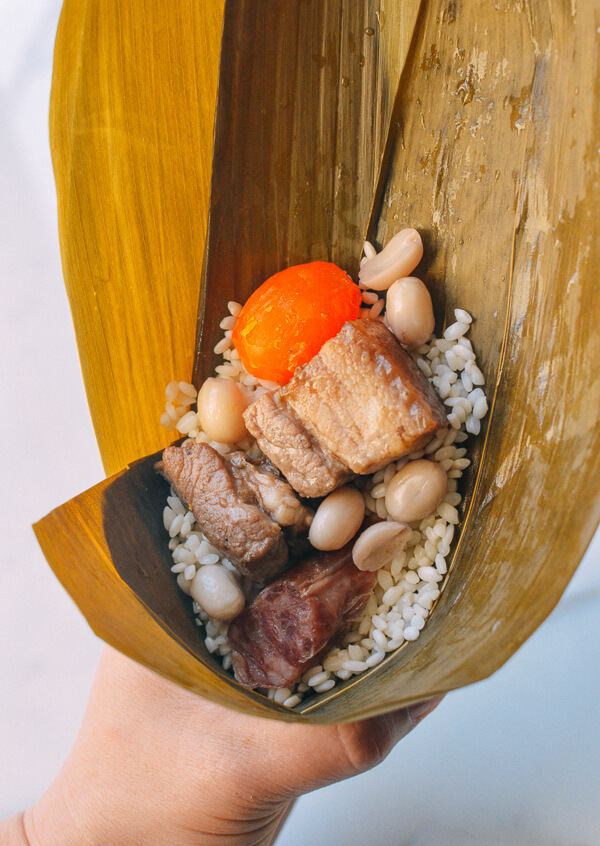
Zongzi (sticky rice dumplings) are traditionally eaten during the Duanwu Festival (Dragon Boat Festival), which falls on the fifth day of the fifth month of the lunar calendar (approximately late-May to mid-June).
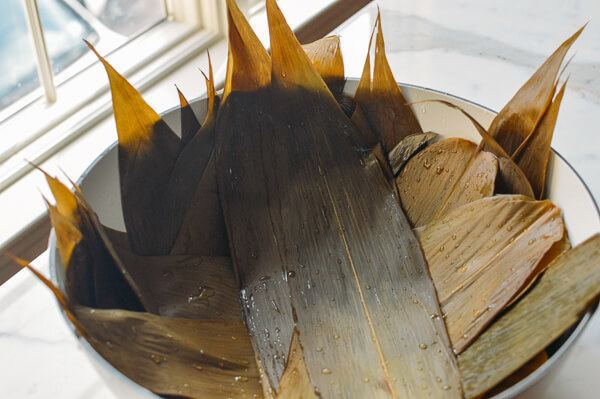
A popular belief amongst the Chinese of eating zongzi involved commemorating the death of Qu Yuan, a famous Chinese poet from the kingdom of Chu who lived during the Warring States period. Known for his patriotism, Qu Yuan tried unsuccessfully to warn his king and countrymen against the expansionism of their Qin neighbors. When the Qin general Bai Qi took Yingdu, the Chu capital, in 278 BC, Qu Yuan's grief was so intense that he drowned himself in the Miluo river after penning the Lament for Ying. According to legend, packets of rice were thrown into the river to prevent the fish from eating the poet's body.

Although it may have originally been a seasonal food, zongzi are available year-round in most major cities with a significant Chinese population.
Description

The shapes of zongzi vary, and range from being approximately tetrahedral in southern China to an elongated cone in northern China. Wrapping a zongzi neatly is a skill that is passed down through families, as are the recipes. Making zongzi is traditionally a family event of which everyone helps out.
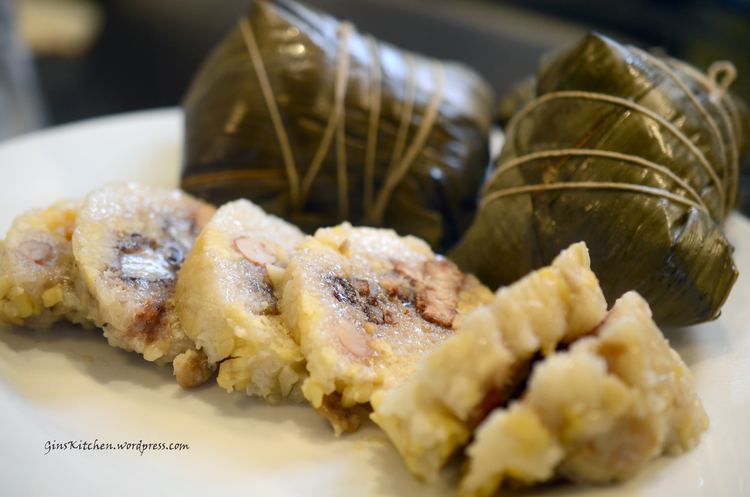
While traditional zongzi are wrapped in bamboo leaves, the leaves of lotus, reed, maize, banana, canna, shell ginger and pandan sometimes are used as substitutes in other countries. Each kind of leaf imparts its own unique aroma and flavor to the rice.
The fillings used for zongzi vary from region to region, but the rice used is almost always glutinous rice (also called "sticky rice" or "sweet rice"). Depending on the region, the rice may be lightly precooked by stir-frying or soaked in water before using. In the north, fillings are mostly red bean paste and tapioca or taro. Northern style zongzi tend to be sweet and dessert-like. Southern-style zongzi, however, tend to be more savory or salty. Fillings of Southern-style zongzi include salted duck egg, pork belly, taro, shredded pork or chicken, Chinese sausage, pork fat, and shiitake mushrooms.
Zongzi need to be steamed or boiled for several hours depending on how the rice is made prior to being added, along with the fillings. However, as the modes of zongzi styles have traveled and become mixed, today one can find all kinds of zongzi at traditional markets, and their types are not confined to which side of the Yellow River they originated from.
